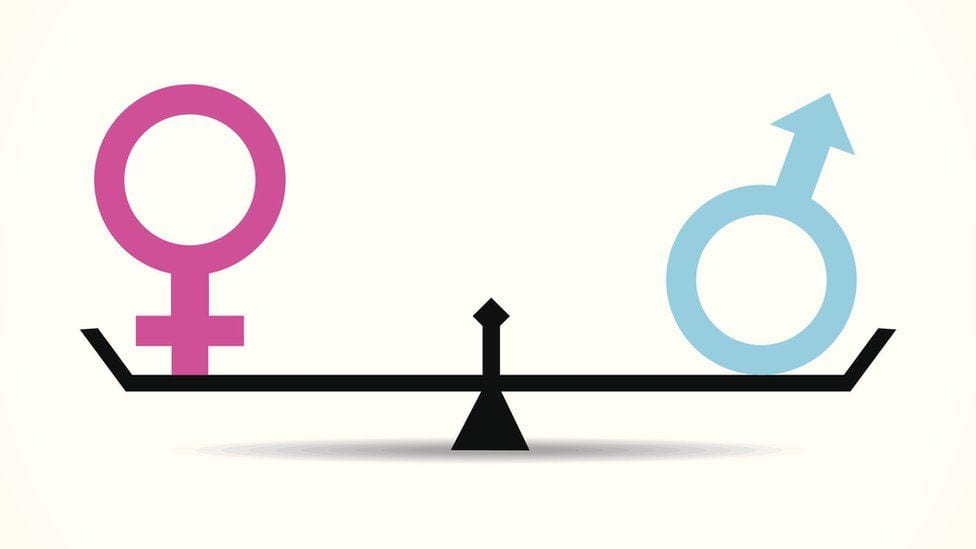
by zhj06 | Nov 23, 2022 | Dashboard, Generic
“Hiring and promoting talented women is the right thing to do for society, and its economic imperatives.” Carlos Ghosn
Despite the economic and technological development, gender equality remains a topic of debate and the patriarchy still poses obstacles against women development and leadership. What if we can prove that promoting and sustaining an equality between genders results in high return on investment and creates an opportunity of economic expansion especially in developed as well as emergent nations?
The united nations created the Women Business and Law Index that assesses the performance of each country in tightening the gender gap through businesses, laws, and female integration.
Canada ranks first globally with an overall score of 97.8% indicating the successful effort the country is making towards gender parity and the high degree of female contribution to the business world. On the other hand, 4 Arab countries rank last, with United Arab Emirates interestingly being one of them with an overall score of 33.8%.
To understand the implications of the difference of gender gap on the country’s development, we will compare Canada to the UAE on different levels.
Canada, with the higher WBL index, has a higher economic growth compared to UAE. However, UAE, which ranks last, has much more developed infrastructure and better investment performance than Canada. Thus, there must be some other factors affecting the GDP Growth.
Between 2003 and 2016, UAE’s GDP had a noticeable increase of 170% parallel to an increase in female employment percentage of 14%.
Similarly, between 2010 and 2019, Canada’s GDP also had increased remarkably, parallel to a 10% increase in the proportion of female leaders in the parliament.
On the level of the population, Canada has a higher and healthier population growth compared to UAE, as well as Human Capital Index.
Thus, gender parity is more than giving rights to women; it is a critical factor to a healthy and sustainable economic growth. It is crucial to focus the efforts towards equality in order reach a holistic success especially for the underdeveloped countries.
To achieve gender parity, nations should:
- Relax the restrictions on women’s time and schedule
- Eliminate the legal and organizational barriers (Glass Ceiling) to women’s economic and political leadership
- Promote the entrepreneurship and self-employment among young females

by shr09 | Apr 14, 2022 | Dashboard, Visualization
Gender inequality appears when women are not treated equally as men due to their gender. The discriminatory acts lead to the suffering of women in both their private and public life. The number of women in proportion to men in different fields is not equal. Gender inequality in the economy is mainly found at the workplace where women are not paid equally as men, may be subjected to sexual harassment, and are prone to suffering from distinctive behavior that differentiates them from men. Gender inequality also exists in politics given the deficit political participation of women worldwide. The unequal social involvement of women and men in a number of aspects of the society appears in the unequal distribution of power between them and in the disproportionate ownership of assets.
Women have globally less chances of economic participation than men, limited access to higher education, higher health and safety risks, as well as poor political representation. Unfortunately, women are systematically under-represented in the decision-making processes despite the great influence decision making has on their ability to lead independent lives. Women in the Middle East and South Africa suffer from significantly higher discrimination compared to other global regions. For instance, as of 2018, women represented only 5% of the Lebanese parliament. While this reflects a severely deficient representation of women in the political sector, it also reveals the presence of barriers perhaps cultural, social and even legal that women encounter while living in a rather patriarchal society. Such a patriarchal society fosters the perception that women are less qualified and less competent than men and thus women are more prone to gender inequalities than men. The patterns of gender inequality represent a constraint to the society’s progress as they limit the opportunities of growth for a huge portion of the population, and must therefore be treated with uttermost concern. The establishment of women empowerment movements came into place due to the various challenges faced by women and the struggles they suffer from when intending to equally participate as men in the economy, the political life and the social life.
Furthermore, there are a set of barriers that deprive women from equally engaging in different fields. The women empowerment movements in which women strive to share equal opportunities with men represent a major worldwide issue. It is extremely important to highlight the effect of gender equality on the overall well-being of the economy and on the prosperity of the growth in the country.

by Maya El Gharib | Nov 24, 2021 | Visualization
Meet Zeina, a fresh software engineer graduate from the American University of Beirut. Thrilled and excited to embark onto a new chapter in her life, Zeina started her job-hunting journey.
However !!!
“Your profile and skills match perfectly well the requirements of the job position, but female graduates might not be able to handle the pressure of such a position given that they are sensitive and fragile”
Extremely disappointed and frustrated from what she heard from several different employers, Zeina was then aware of how gender stereotypes infuse into the workplace and lead to gender imbalance in the economic life in her country, Lebanon.
Given the above, Zeina was intrigued to investigate the phenomenon of the underrepresentation of females in the workplace in Lebanon and constructed the below storyline to explain this issue in numbers. The first two visualizations in the storyline show the following:1) The employment gap between both genders in Lebanon since the 1990s
2) One of the reasons behind the gender imbalance in the workplace: The unequal time spent by both genders on domestic and care work
Zeina was also interested in examining whether there has been any recent improvement in relation to women’s status in the Lebanese society, so she constructed a third visual showing:
3) There is a similar behavior between the Women, Business, and the Law index, which is a measure of gender laws and regulations that take into consideration women’s economic and social opportunities, and some female employment indicators, such as ratio of female to male labor force participation rate, proportion of seats held by women in national parliament, and the % of female employed in services.
You can find below Zeina’s storyline entitled “Underrepresentation of Females in the Workplace in Lebanon”

by Vera Shamseddine | May 5, 2020 | Visualization

Although females have high education level, unemployment among females still strikes high

How does the gender equality rating affect GDP growth?

In what countries do laws penalize harassment at work?

Female and male participation in the labor force show major differences among them

Access to education for males vs females

Ease of mobility for women across countries

Women in the workplace who are promoted to top managers










